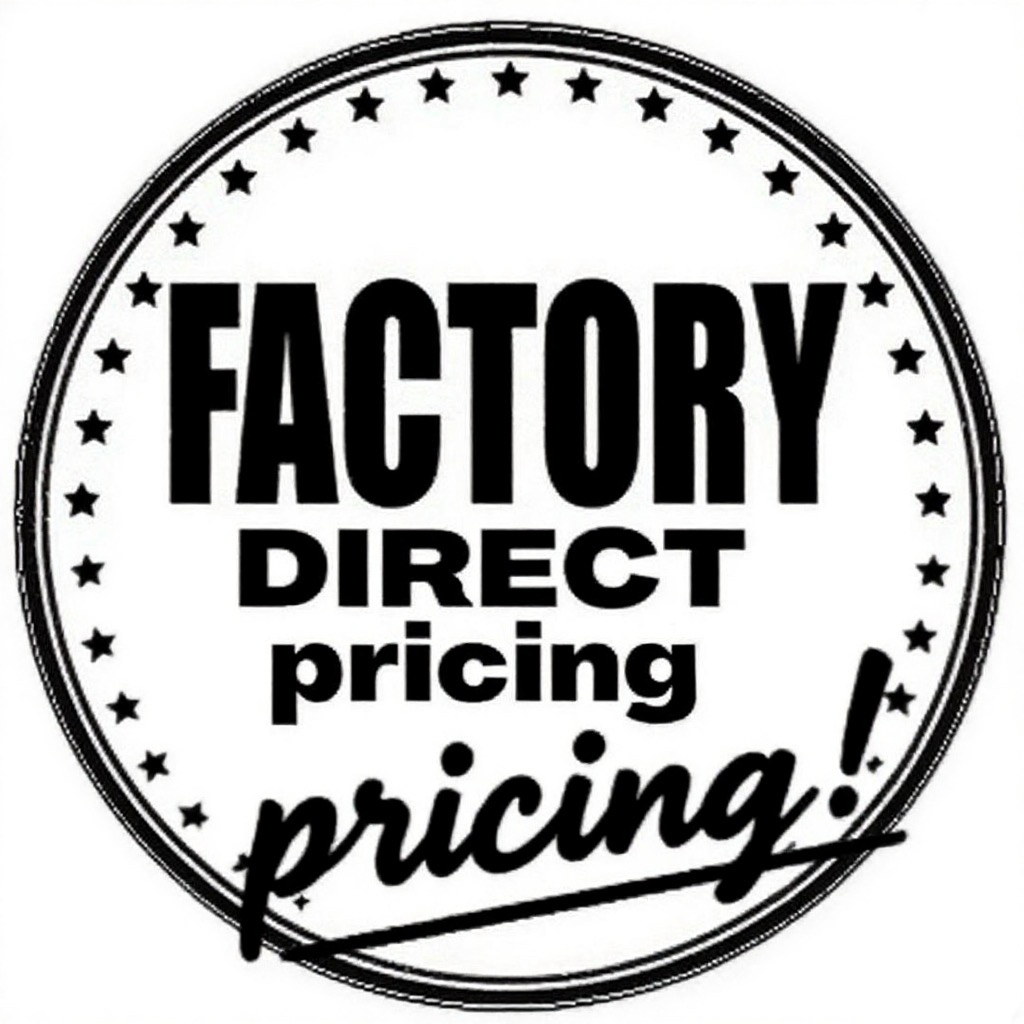Struggling with inconsistent product quality, missed deadlines, or pricing issues from your current manufacturer? You're not alone. Many businesses face these challenges when relying on a single supplier, leading to questions about whether working with multiple manufacturers might be a better solution—or just create more problems. Managing multiple suppliers can indeed be a logistical headache, involving different communication styles, production schedules, and quality standards. However, the potential benefits, such as increased flexibility and reduced risk, might make it worth considering. In this article, we'll explore the pros and cons of working with multiple manufacturers to help you decide if it's the right strategy for your business.

1. Increased Flexibility and Reduced Risk
When you work with multiple manufacturers, one of the most significant advantages is flexibility. If one supplier faces a delay due to unforeseen circumstances, having another manufacturer on standby can keep your production schedule on track. This diversified supply chain reduces the risk of production halts, which is critical for businesses where time-to-market is a competitive advantage.
Data Insight: According to a 2023 survey by McKinsey, 56% of companies that diversified their supply chain reported fewer disruptions compared to those relying on a single source.

2. Cost Management and Competitive Pricing
By engaging with several manufacturers, you can create a competitive environment where each supplier knows they need to offer the best price to win your business. This can drive down costs, allowing you to offer more competitive pricing to your customers or to increase your profit margins.
However, this benefit comes with a caveat—price variations can lead to inconsistent product quality, as some manufacturers may cut corners to offer lower prices. This requires vigilant monitoring to ensure that lower costs do not come at the expense of quality.
Example: Imagine you’re sourcing seamless bras, where pricing can vary significantly depending on order volume and material quality. Working with multiple suppliers allows you to source smaller quantities at lower prices, as some manufacturers like ours can offer competitive rates starting from as low as $1.8 per piece for large orders.
3. Challenges in Quality Control
Quality control becomes more complex when dealing with multiple manufacturers. Each manufacturer may have different standards, equipment, and expertise, leading to variations in product quality. Ensuring consistent quality across all manufacturers requires rigorous standards and frequent inspections.
One way to mitigate this issue is by implementing a strict quality control process and working only with manufacturers that meet recognized standards such as ISO9000, BSCI, and OEKO. Establishing these standards upfront can help align expectations and reduce the risk of receiving subpar products.
4. Logistical Complexities and Coordination Efforts
Managing logistics across multiple manufacturers is not for the faint-hearted. It involves coordinating production schedules, shipping, and delivery timelines, which can become increasingly complex with more players involved. This complexity can lead to delays if not managed carefully.
For example, if you’re sourcing materials from different regions, you might face delays due to customs or transportation issues. Therefore, working with a logistics partner or having a dedicated in-house team to handle these aspects is crucial.
5. Scalability and Growth Opportunities
One of the main benefits of working with multiple manufacturers is scalability. As your business grows, you’ll need to increase production volumes. Relying on a single manufacturer can limit your ability to scale, especially if they have capacity constraints. Multiple manufacturers provide the necessary bandwidth to scale up production without compromising on lead times.
6. Managing Relationships and Communication
Maintaining strong relationships and clear communication with each manufacturer is crucial for success. This can be challenging, as each supplier may have different communication styles and business practices. Regular updates, transparent communication, and setting clear expectations from the outset are key to managing these relationships effectively.
Moreover, it’s essential to establish a robust contract that outlines the terms of engagement, quality standards, and penalties for non-compliance to avoid any misunderstandings.
Conclusion
Working with multiple manufacturers offers significant advantages, such as increased flexibility, reduced risk, and potential cost savings. However, these benefits come with challenges like quality control issues, logistical complexities, and the need for strong relationship management. By carefully weighing these factors, you can determine if a multi-manufacturer approach is the right strategy for your business. Remember, the key to success lies in thorough planning, clear communication, and consistent quality control.

